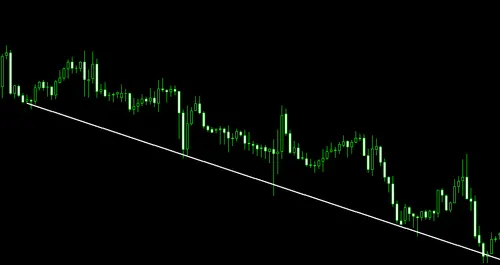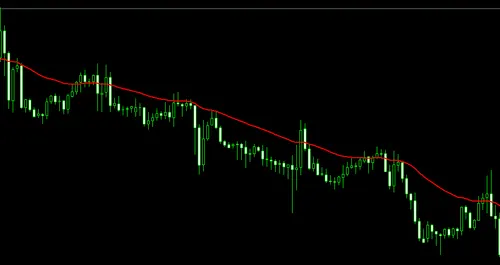Our partner, XM, lets you access a free demo account to apply your knowledge.
No hidden costs, no tricks.

Bull market refers to uptrends in financial markets. When prices go up for long periods, we say that there is a bull market at play. During bull markets, prices move constantly higher, and a clear uptrend is visible. If you are a crypto enthusiast you would already hear the bull market thousands of times.
Bull markets are relatively easy to spot. Usually, when there is a bull market, prices tend to move higher and higher. A more technical term for describing the bull market is when the price is creating higher highs and higher lows.
So, a bull market is basically an uptrend. However, there is a tiny difference between a bullish trend and a bull market. A bull market is more long-term and can continue for months or even years, while a bull trend can also be detected in the 1-minute timeframe. The bull market is more macroeconomic and has a wider scope. The bull market is characterized by a dominant bullish trend, meaning prices tend to go higher and can be detected objectively and visually. We will use the bull market and bullish trend in this guide interchangeably because they are almost the same, but our leaders will now know the tiny differences between the two. So, detecting a bull market is the same as detecting a bullish trend, but the bull market is more long-term.
So, what do higher highs and higher lows mean? When prices move, they tend to create swings or peaks, traders then analyze if the current high and low peaks are higher or lower than previous peaks. Let’s see an example on the EURUSD chart.

As we can see, all consecutive higher price swings are higher than previous highs. The same is true for low price swings, all consecutive lows are higher on the chart than previous low swings.
The above explanation is the main technical description of a bullish trend and traders usually use this metric to define if the current price trend is bullish or not.
If the market is showing higher highs and higher lows on the chart then the bull market has begun. It is always better to objectively detect a bullish market rather than just trusting the visual appearance of the chart.
The most basic way to detect the trend is to use trendlines. These are just lines marking the connecting recent lows. This technique is simple and enables you to see trends more clearly.

Another way to detect a bull market is to use technical indicators like moving averages or Bollinger bands which make it much easier to clearly see the bull trend.

Moving average is probably the easiest way to detect whether the trend is moving upwards. All trading platforms come with inbuilt moving averages. Some traders may prefer to use other indicators such as ZigZag to better understand what the price is doing compared to previous lows and highs, but for starters, moving averages are more than enough.
Since bull markets usually are a macroeconomic phenomenon, macroeconomic and geopolitical events are the main factors affecting them. These factors usually are:
Wars and epidemics tend to change the landscape of the global economic and political environments and impact major economic sectors, which can lead to increased volatility and price fluctuations. They usually are bad for bull markets. When people prefer to save money rather than spend it, bullish markets are first to suffer.
When there is a bull market it is relatively easy to invest and make money. As the prices tend to go higher and higher investors are enjoying bull markets the most. However, here is a catch, a bull market can easily end and switch to a sideways market which can harm the investment plan relying on the bull market. The best way to ensure safety when navigating these waters is to define a clear plan and risk management strategy. Following the bull market is easy, but managing associated risks if the bull market is over is fairly difficult. Many investors lost money when the crypto bull market ended as they had bought Bitcoin at the highest price.
The first and most useful strategy is to detect the bullish market as soon as it starts to ensure you can safely exit your investments when the bull market is over and it starts declining. Even if the price starts to move sideways you will be at a safe spot. Early detection will give investors enough time to safely exit from the bull market.
When there is a bull market and the price tests current support and continues upward, it is the best time to enter the market. This is a much better approach than just entering in the middle of the upswing. From our guide, it would be better to target higher lows and enter when the price continues upwards.
Our partner, XM, lets you access a free demo account to apply your knowledge.
No hidden costs, no tricks.